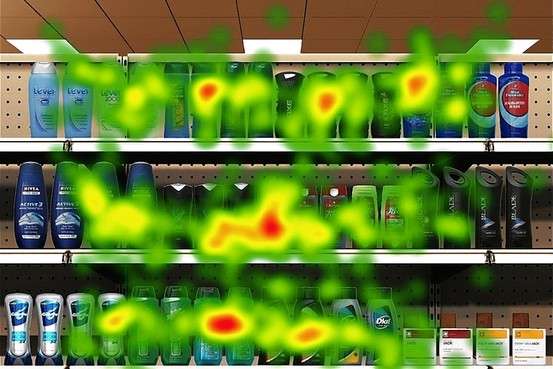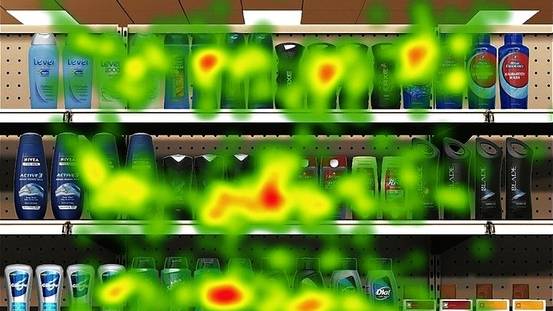The Eyes Have It: Marketers Now Track Shoppers’ Retinas
Source: online.wsj.com
Consumer-products companies are turning to new technology to overcome the biggest obstacle to learning what shoppers really think: what the shoppers say.It turns out consumers aren’t a very reliable source of information about their own preferences. Academic research has shown focus-group subjects try to please their testers and overestimate their interest in products, making it hard to get a read on what works. But getting testing right is crucial for consumer-products companies because they ship high volumes and lack direct contact with shoppers.
To find out what really draws their test shoppers’ attention, companies like Procter & Gamble Co., Unilever UL, and Kimberly-Clark Corp. are combining three-dimensional computer simulations of product designs and store layouts with eye-tracking technology. And that, in turn, is helping them roll out new products faster and come up with designs and shelf layouts that boost sales.

Marketers are using eye-tracking. Here, a Brooklyn, N.Y., shopper.
Kimberly-Clark’s researchers used computer screens outfitted with retina-tracking cameras when testing the newest packaging for its Viva paper towels in 2009, says Kim Greenwood, senior manager in the company’s Virtual Reality Group. Their goal was to find which designs got noticed in the first 10 seconds a shopper looked at a shelf—a crucial window when products are recognized and placed in the shopping cart. They also wanted to know if the preferences held up on different count packages, from single rolls to multipacks.
By measuring the shopper’s response to different designs, Kimberly-Clark deciphered what caught shoppers’ attention, the most common starting point and the viewing sequence.
A screenshot of a ’heat map’ that Unilever created by measuring how long and how often test shoppers looked at packages on a computer screen. Unilever used a camera to track each tester’s eye movements.
"Combining these factors helped us select a ’wave’ design over a ’splash’ design," Ms. Greenwood said.

Screenshot of a ’heat map’ that Unilever created by measuring how long and how often test shoppers looked at packages on a computer screen. Unilever used a camera to track each tester’s eye movements.
Marketers have long been aware that product testers unconsciously seek to please researchers conducting the tests. Moreover, psychology and marketing professors say people often don’t realize what draws their eyes or how they truly feel about a product. They also overestimate the likelihood they will make a purchase, ignoring competing products and their own budgets.
"There’s often a big disconnect between what people want to do and what they say they want to do," says Steve Posavac, a professor of marketing at Vanderbilt University. "Any attitude," he says, "becomes more extreme" in research studies.
Researchers have watched test consumers’ eye movements for clues to their thinking since the early 1900s. But vastly improved technology in the past few years has helped them actually track retinas to get a true fix on where people are looking, for how long and how often. That information has helped dispel myths about what really matters in design.
[...]
Read the full article at: wallstreetjournal






















